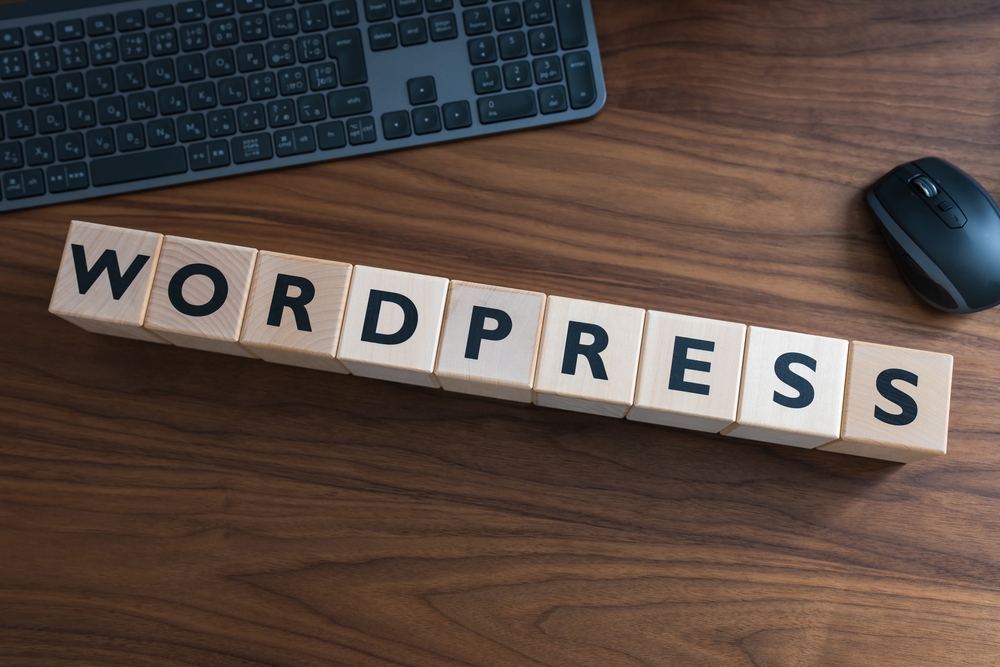
Mastering WordPress: Expert Tips & Tricks for Customization and Maintenance

WordPress has become one of the most popular content management systems (CMS) in the world. It boasts a user-friendly interface, extensive customization options, and a wide range of plugins that can transform your website into a powerful online presence. Whether you are a beginner or an experienced user, there are always ways to enhance your WordPress skills. In this article, we will explore expert tips and tricks for customizing and maintaining your WordPress (WP) website.
1. Choosing the Right ThemeThe first step in customizing your WordPress website is selecting the right theme. WordPress (or WP) offers numerous free and premium themes with different layouts, designs, and functionalities. Consider your website's purpose, target audience, and desired features when choosing a theme. Look for a responsive theme that looks great on all devices and ensures a seamless user experience. Additionally, check for regular updates and good customer reviews to ensure compatibility and reliability.
2. Customizing the Appearance
WordPress provides a range of options for customizing your website's appearance. The Appearance menu in the admin dashboard allows you to change your theme's settings, edit the header, footer, and menu, and even modify the CSS code. If you are comfortable with coding, you can create a child theme to make customizations without affecting the original theme. Alternatively, use a page builder plugin to design your website visually.
3. Optimizing for Speed and Performance
Website speed and performance are crucial for user experience and search engine rankings. To optimize your WordPress website, start by choosing a good hosting provider. Utilize caching plugins like WP Super Cache or W3 Total Cache to store your website's static files and decrease load times. Additionally, optimize your images by compressing them without compromising quality. Regularly update your plugins, themes, and WordPress (the platform for bloggers) itself to ensure compatibility and security.
4. Enhancing Security
WordPress's popularity makes it a prime target for hackers. Fortunately, there are many ways to enhance the security of your WordPress website. Keep your WordPress (the blogging platform) core, plugins, and themes up to date, as updates often include security patches. Install a security plugin like Sucuri or Wordfence that offers features like malware scanning, firewall protection, and login security. Use strong passwords and consider enabling two-factor authentication for an additional layer of security.
5. Optimizing for SEO
Search engine optimization (SEO) is crucial for gaining organic visibility and attracting more visitors to your website. Thankfully, WordPress offers a variety of SEO plugins that simplify the optimization process. Install and configure a plugin like Yoast SEO or All in One SEO Pack to optimize your content, meta tags, and social media sharing settings. Conduct keyword research and use relevant keywords naturally throughout your content to increase your chances of ranking higher in search engine results.
Frequently Asked Questions:
Q1: How do I backup my WordPress website?A1: To backup your WordPress website, you can use a plugin like UpdraftPlus or manually backup your files and database through your hosting provider's control panel.
Q2: How can I track my website's performance?
A2: Use a monitoring tool like Google Analytics to track your website's performance, including traffic, conversions, bounce rates, and more.
Q3: How do I troubleshoot common WordPress errors?
A3: Common WordPress errors can be resolved by deactivating plugins, switching to a default theme, or checking for conflicting code in your functions.php file.
Q4: Can I integrate e-commerce functionality into my WordPress website?
A4: Yes, you can add e-commerce functionality to your WordPress website using plugins like WooCommerce or Easy Digital Downloads.
Q5: How can I improve my website's accessibility?
A5: To improve website accessibility, use themes and plugins that adhere to web accessibility standards and ensure your content is properly formatted with headings, alt tags for images, and descriptive links.
In conclusion, by implementing these expert tips and tricks, you can master WordPress customization and maintenance. Remember to choose the right theme, customize the appearance, optimize your website for speed and performance, enhance security measures, and optimize for SEO. WordPress offers limitless possibilities for creating a unique and successful website. With dedication and continuous learning, you can build a robust online presence using the power of WordPress.
Other useful resources
- https://www.wordpress24plus.com/wordpress-tools-directory/wordpress-plugins/
- https://www.wordpress24plus.com/services/wordpress-developer/